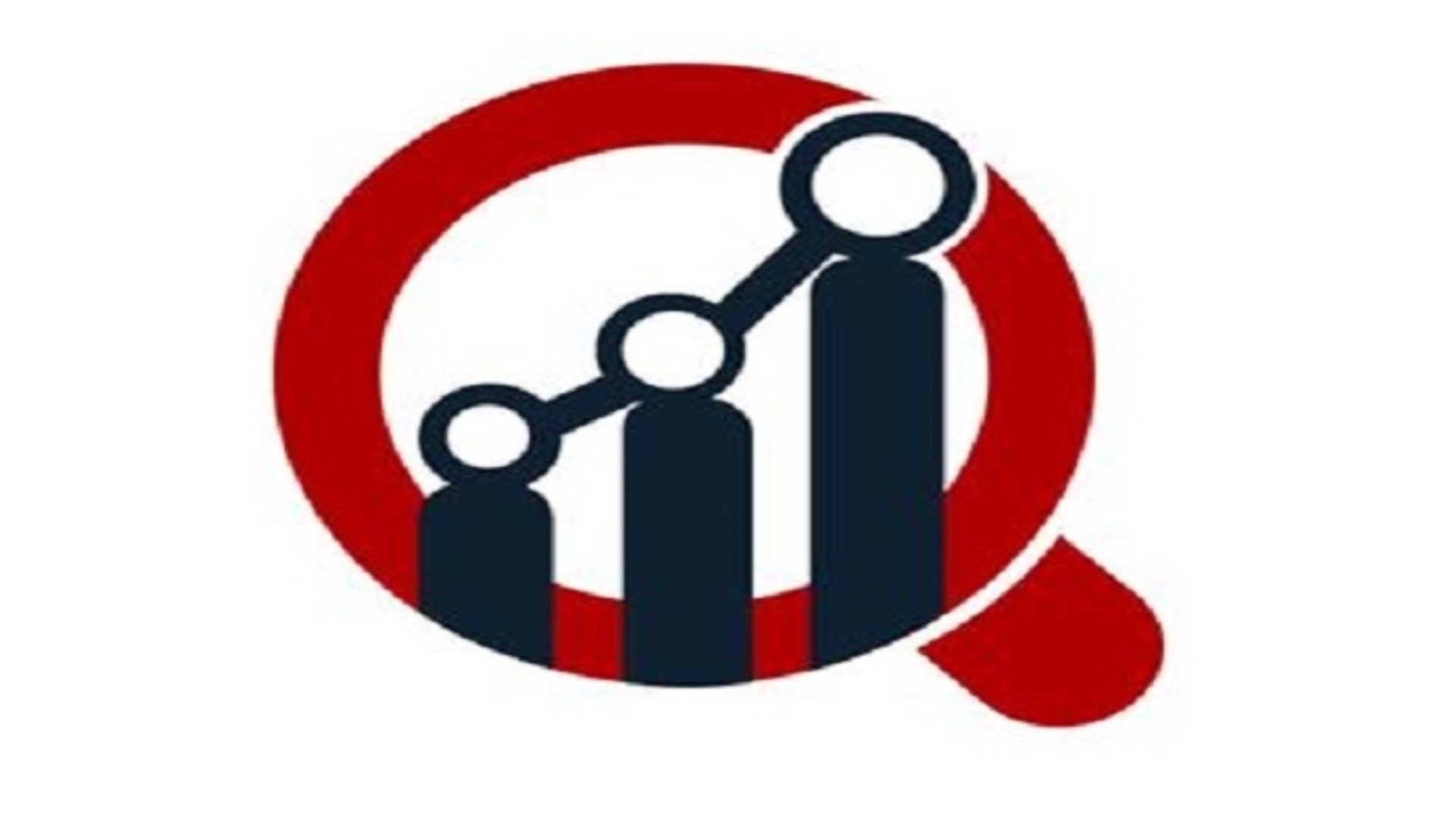Could This Blood-Derived Breakthrough Be the Future of Cell Therapy and Regenerative Medicine?
Is it possible that one of the most powerful tools in regenerative medicine has been inside our own blood all along? That’s exactly what’s fueling excitement in the rapidly advancing Human Platelet Lysate Market—a field that’s quickly becoming essential to the future of stem cell research, cell therapy, and tissue engineering.
Human platelet lysate (HPL) is a blood-derived product rich in growth factors, used as a supplement in cell culture to promote cell expansion. It’s emerging as a safer and more efficient alternative to fetal bovine serum (FBS), which has long been used in cell growth media but comes with ethical, safety, and consistency concerns.
As the demand for cell-based therapies and regenerative medicine accelerates worldwide, HPL is stepping into the spotlight—not just as an alternative, but as a superior solution.
Why Is This Market Suddenly Gaining So Much Attention?
The rise in stem cell research, cell and gene therapies, and tissue regeneration techniques has created a pressing need for safe, effective, and human-compatible growth media. Human platelet lysate fits that need perfectly. Derived from human donor platelets and processed to release natural growth factors, HPL supports faster, cleaner, and more consistent cell expansion compared to animal-derived products.
Moreover, regulatory agencies and researchers are pushing for the elimination of animal-based components in clinical-grade products. That’s making HPL a go-to choice in Good Manufacturing Practice (GMP)-compliant labs, biopharma companies, and hospitals alike.
What’s Driving the Growth of the Human Platelet Lysate Market Globally?
Several powerful trends are fueling market growth. First, regenerative medicine is no longer limited to labs—it’s entering clinical settings. Therapies for orthopedic injuries, cardiac repair, wound healing, and even neurodegenerative diseases are all relying on cell-based solutions, and HPL is often a core component of those processes.
Second, demand for advanced therapies—like CAR-T cell therapy and stem cell transplantation—is exploding. These therapies require robust, scalable, and safe cell culture systems, which is exactly what HPL provides.
Third, there’s a rising focus on ethical sourcing and xeno-free (animal-free) medical products. HPL not only meets those expectations but also delivers better reproducibility and lower risk of zoonotic contamination.
Which Applications Are Seeing the Most Impact from HPL Use?
Human platelet lysate is most widely used in mesenchymal stem cell (MSC) expansion, where it supports faster proliferation without compromising cell function. MSCs are being explored for everything from autoimmune diseases to orthopedic repairs to cosmetic applications, making HPL a vital enabler in this pipeline.
It’s also being used in immunotherapy research, wound healing solutions, and even in the development of skin grafts and artificial organs. Cosmetic and dermatology sectors are exploring HPL-based formulations for anti-aging and skin regeneration, adding commercial appeal beyond just clinical use.
Which Regions Are Dominating the Market Landscape?
North America leads the charge, especially the United States, where a strong biotech ecosystem, favorable regulatory frameworks, and active clinical trials are driving early adoption. The region is also home to several key manufacturers and blood product suppliers innovating in HPL processing and packaging.
Europe follows closely, with increasing investment in cell therapy research and supportive health policies promoting advanced therapy medicinal products (ATMPs). Countries like Germany, the UK, and France are setting the pace in HPL integration into clinical research.
Asia-Pacific is expected to show the fastest growth rate, driven by a surge in stem cell banking, regenerative medicine startups, and expanding healthcare R&D. China, Japan, and South Korea are emerging hubs in this space, with supportive government initiatives and rising demand for personalized medicine.
What Are the Major Challenges Ahead for This Market?
While the outlook is promising, the Human Platelet Lysate Market faces a few challenges. Standardization is one of the biggest hurdles—differences in donor sources, preparation methods, and storage can lead to variability in product performance. Regulatory clarity on HPL usage in clinical-grade products also varies across regions.
Supply chain issues related to donor platelet availability and quality control can impact production scalability. Additionally, educating researchers and clinicians about HPL’s benefits over traditional serum is still a work in progress.
What Does the Future of This Market Look Like?
The future of the Human Platelet Lysate Market is tightly linked to the rise of regenerative medicine and personalized healthcare. As more cell therapies enter clinical trials and commercialization stages, the demand for high-quality, xeno-free supplements like HPL will continue to surge.
Expect to see advancements in HPL processing technologies, standardized product lines, and increased adoption across therapeutic areas—from orthopedics to neurology to aesthetics. With science and industry both aligned, HPL isn’t just a supplement—it’s a strategic ingredient in the future of medicine.


